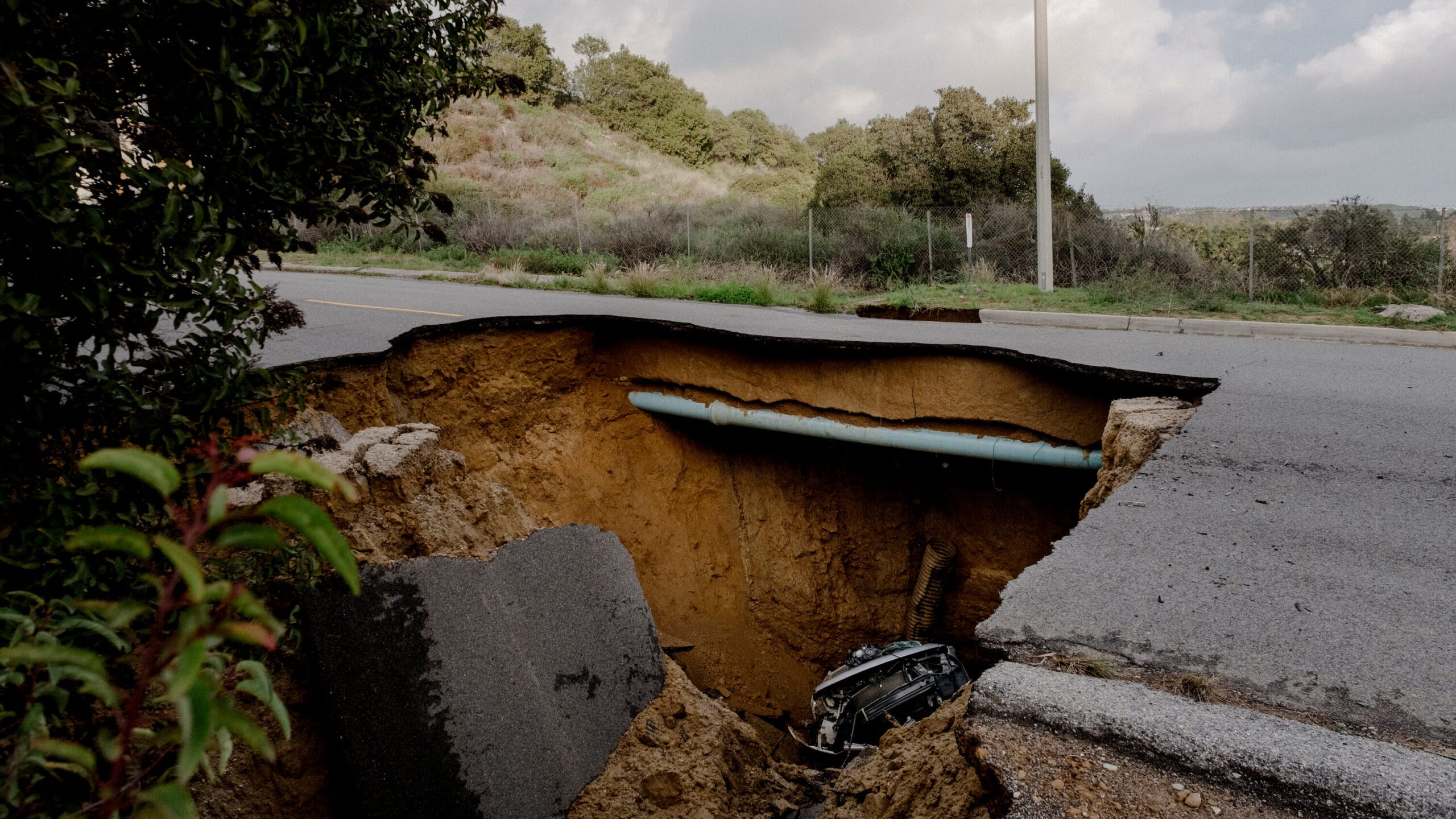The Quadrantids meteor shower is one of the most remarkable astronomical events of the year, captivating stargazers with its brilliant display of shooting stars. Occurring annually from late December to early January, the Quadrantids are particularly renowned for their intensity and the potential to produce a high number of meteors per hour. This year, the shower is expected to peak tonight, making it an opportune time for enthusiasts and casual observers alike to witness this celestial phenomenon.
The Quadrantids derive their name from the now-obsolete constellation Quadrans Muralis, which was located between the constellations of Boötes and Hercules. The meteors originate from the asteroid 2003 EH1, which is believed to be a fragment of a comet. As the Earth passes through the debris left behind by this asteroid, the particles enter the atmosphere at high speeds, creating the stunning streaks of light that we see as meteors.
To make the most of your meteor shower experience tonight, it is essential to know the optimal viewing conditions. The Quadrantids are typically best viewed during the pre-dawn hours, particularly between 2 AM and 6 AM local time. During this period, the sky is darkest, and the number of meteors is likely to be at its highest. It is advisable to find a location away from city lights, as light pollution can significantly hinder visibility. Parks, rural areas, or any open space with a clear view of the sky can provide an excellent vantage point.
Preparation is key to enjoying the meteor shower. Before heading out, check the weather forecast to ensure clear skies. Cloud cover can obstruct your view, so selecting a night with favorable weather conditions is crucial. Dress warmly, as temperatures can drop significantly at night, especially in winter months. Bringing a reclining chair or blanket can also enhance comfort during the viewing experience, allowing you to lie back and gaze up at the sky without straining your neck.
Once you have found a suitable location and prepared for the evening, take a moment to allow your eyes to adjust to the darkness. This process can take about 20 to 30 minutes, but it is vital for spotting the fainter meteors. Avoid looking at bright lights, including your phone, as this can disrupt your night vision. Instead, focus your gaze on a broad area of the sky, as meteors can appear in various locations and may not be concentrated in one spot.
The Quadrantids are known for their bright and colorful meteors, which can appear in shades of blue, green, and red. This vibrant display is due to the composition of the meteoroids and the way they interact with the atmosphere. Some meteors may leave behind persistent trails, providing an extended view of their path across the sky. In ideal conditions, observers can expect to see up to 120 meteors per hour, although this number can vary based on local conditions and the observer’s location.
In addition to enjoying the meteor shower, it can be beneficial to familiarize yourself with the surrounding constellations. The Quadrantids radiate from the constellation Boötes, which is located in the northern sky. Identifying this constellation can help you locate the radiant point of the meteor shower, although meteors will be visible across the entire sky.
For those who are interested in sharing the experience, consider inviting friends or family to join you. Watching a meteor shower can be a delightful communal activity, and sharing the excitement of each meteor streaking across the sky can enhance the overall enjoyment of the event. Additionally, capturing the moment through photography can be rewarding, although it requires specific techniques to effectively photograph meteors. Using a tripod, long exposure settings, and a wide-angle lens can help capture the beauty of the night sky.
As the night progresses, remember to take breaks to stretch and enjoy the tranquility of the evening. The Quadrantids meteor shower is not only a visual spectacle but also an opportunity to connect with nature and reflect on the vastness of the universe. Whether you are an experienced astronomer or a first-time observer, tonight’s meteor shower promises to be a memorable event.
In conclusion, the Quadrantids meteor shower is a spectacular natural phenomenon that offers a unique opportunity for observation. By preparing adequately, choosing the right location, and allowing your eyes to adjust to the darkness, you can maximize your chances of witnessing this breathtaking display. As you watch the meteors streak across the sky, take a moment to appreciate the wonder of the cosmos and the beauty of the universe in which we live.



